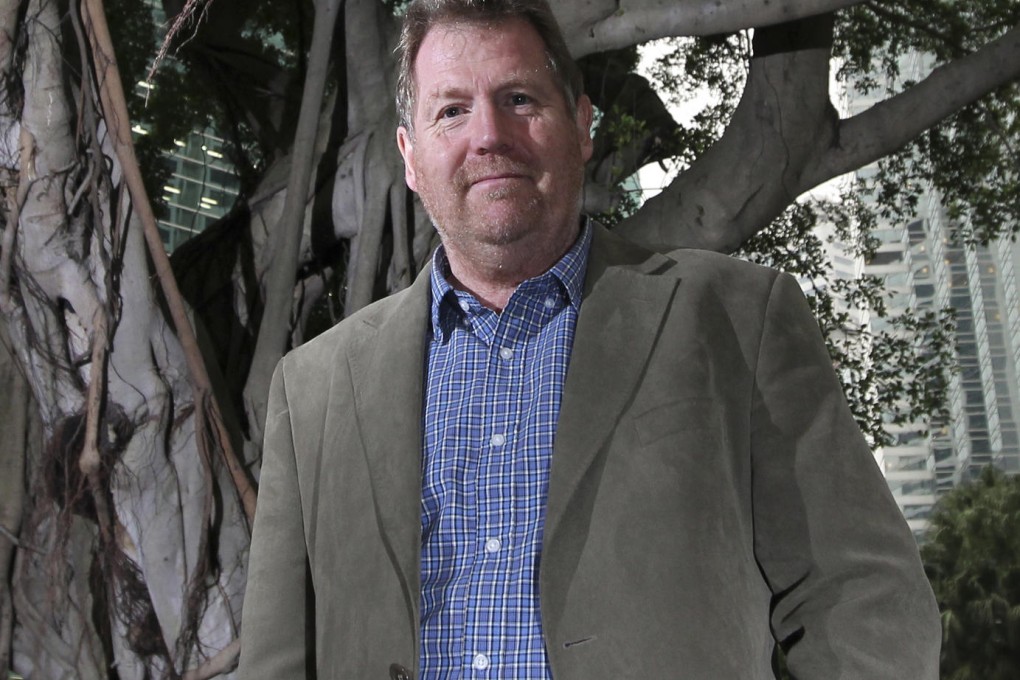My life: Tony Kirkham
The head of the arboretum at Royal Botanic Gardens, in London, takes a walk through Hong Kong Park and tells Jane Ram how trees came to be the root of his existence

I've worked with trees all my life. I joined (the Royal Botanic Gardens, Kew, in London) as a diploma student in 1978 and I was appointed head of the arboretum in 2001. My working day starts at 7am and, before anything else, I spend an hour walking around the arboretum. I'm still learning, it never stops; that's the magic of the job. The day I stop learning, I'll give up. I'm 24/7 thinking about trees and about Kew.
I got into trees through climbing them and playing with conkers in rural Lancashire, where we had to make our own playthings. These days, children don't seem to climb trees and the younger generation is not encouraged to go into horticulture. Botany has all but disappeared as a science and taxonomy is also going. However, we do have some good apprentices at Kew, which is very encouraging. I tell them it's not all about money: it's about enjoying your work. My son is 20 and in his third year of an apprenticeship at Royal Parks (which manages London's eight royal parks).
At Kew I look after more than 14,000 trees. Some are over 300 years old and some were planted only last year, so there's a huge generation spread. I'm in charge of everything woody that grows unprotected (outside glasshouses and similar enclosures). Some people think we have too many trees but it is an arboretum and was founded as such some 250 years ago. Kew leads the world in plant and fungal science. We work with over 100 botanical and horticultural gardens worldwide. I've been collecting trees for Kew for the past 25 years, including five collecting trips to Sichuan province since 1996. Any horticulturalist has to go to China: it's the garden of the world.
In collaboration with another collector, Mark Flanagan, keeper of the gardens in Windsor Great Park, I have pursued a personal crusade, retracing the steps of Ernest Henry Wilson, one of Europe's foremost plant hunters. In 1899, he made the first of many collecting trips to China. He returned to China many times and introduced about 1,500 plants to the outside world. He also took over 5,000 high-quality photographs of landscapes in China, recording exactly where he went. We retraced his route in Sichuan, with the help of local guides and collectors, taking pictures wherever he had been, even photographing the same trees in some places. The resulting book was published in 2008 and we're currently working on Wilson (projects) in Japan, where the landscape has changed much more dramatically than in China.
The conserva-tion (of a banyan tree in Hong Kong Park; not, obviously, the one that fell down in December) has been well done and it is well looked after. Walking through the park I love the way the hard structures of the high-rises are wonderfully softened by the green of the trees in the foreground. The land Hong Kong Park is on must be worth billions: it's wonderful that it's here. I'm impressed by all the green, especially after attending an illustrated lecture on 19th-century photographs that showed the slopes as totally barren.
The bauhinias are flowering beautifully and I'm fascinated by the melaleucas. I'm a temperate tree person, so these are alien to me, but I'm inspired to learn more about subtropicals now.
